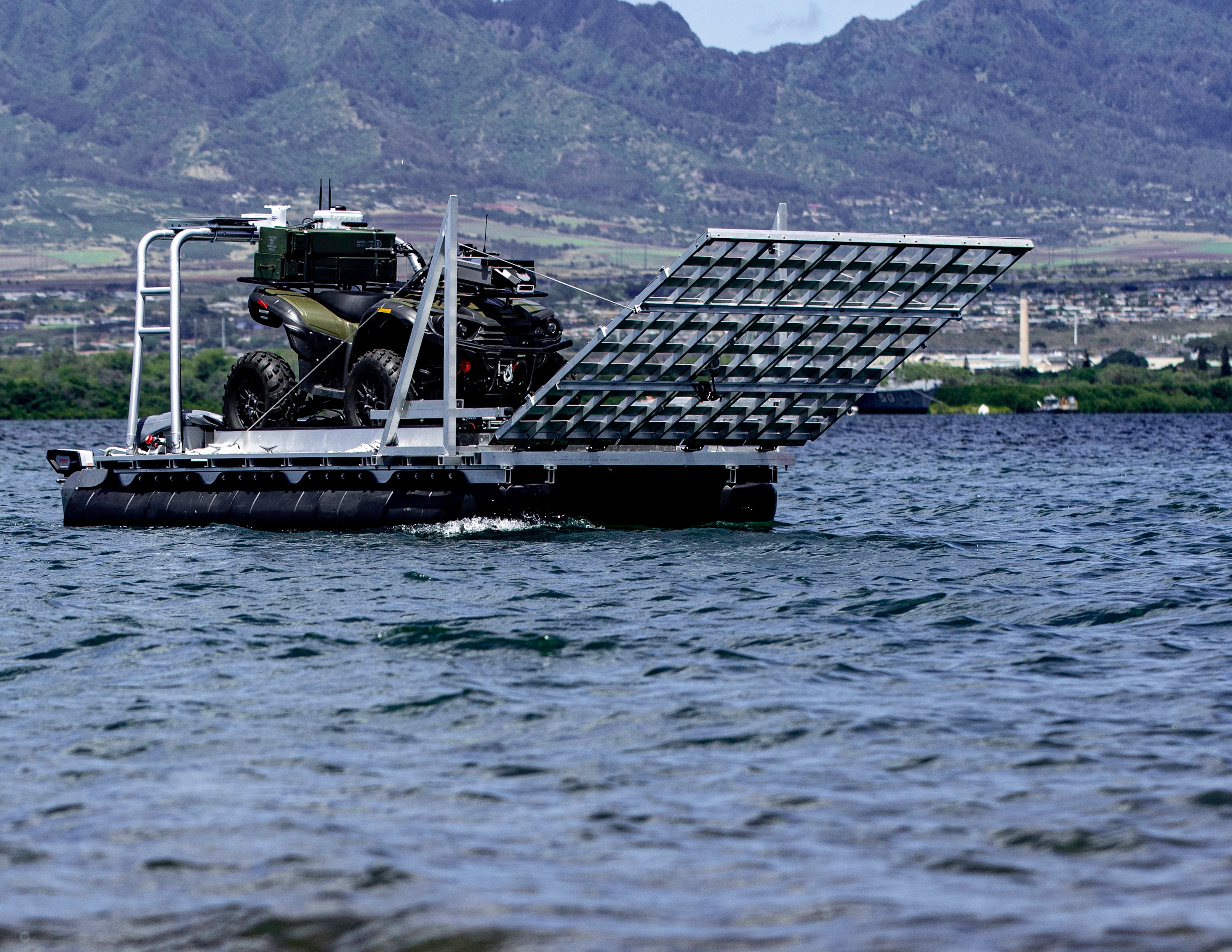The Defense Advanced Research Projects Agency has awarded a contract to speed development of technologies that could improve communications amongst its growing fleet of very small satellites.
Under the two-year, $5 million contract, LGS Innovations of Herndon, Virginia, will prototype a lightweight, low-power optical communication terminal system that will enable light-based communications between micro-satellites in low-earth orbit.
Small satellites — they weigh less than 100 pounds — represent a rapidly expanding component in the defense communications infrastructure, but they have their limitations. To be most effective they need to be networked together, and must also connect with satellites in geosynchronous orbits. But it is mechanically problematic to install a large parabolic antenna on such a relatively small spacecraft.
The solution under investigation would bypass the need for such equipment by leaving aside traditional radio frequency connectivity in favor of inter-satellite communications via laser. The laser modules should weigh less than two pounds each, making them a manageable payload even on a small satellite.
DARPA has indicated an interest in such technologies as a means to gain tactical efficiencies out of its small-satellite constellations.
"Since ground stations may be unavailable in many locations, relaying data between satellites to [achieve] a connection to a ground station is an attractive option when low data latency is needed," the agency stated in the June 2015 solicitation for this project.
The DARPA solicitation draws attention to physical limitations as a likely challenge in achieving these optical communication links, noting that "[f]or a 100-lb-class ISR satellite, most of the weight and power budget will be needed for the ISR payload."
To operate within these constraints, the present contract calls for an end product that can get the job done on less than three watts of power.
That power constraint will likely be the biggest hurdle researchers will need to overcome, said LGS Innovations CEO Kevin Kelly. "Lasers are high-powered devices by design, and anything that is high-powered in a satellite is going to be problematic," he said. Because all satellite systems are solar-charged, "one of the big challenges is always in power efficiency and making the best use of available power."
Inter-satellite communications are a key element to success in the arena of small satellites. Passing overhead at 17,000 miles per hour, each satellite has only a limited window in which to gather intelligence from ground sources. Multiple spacecraft must therefore be able to interlink their findings in order to stitch their observations into a seamless whole.
Despite the challenges, micro-satellites rapidly are becoming state of the art, and DARPA has been pushing to accelerate their adoption. Through its Airborne Launch Assist Space Access (ALASA) program, for example, the agency has been exploring new means to get small satellites into orbit more economically and on short notice.
"Small satellites in the ALASA payload class represent the fastest-growing segment of the space launch market, and DARPA expects this growth trend to continue as small satellites become increasingly more capable," Mitchell Burnside Clapp, ALASA program manager, said in a DARPA news release.
In order for laser-based communications between satellites to succeed, researchers will have to surmount one further challenge, refining their techniques to garner maximum accuracy out of their tools. A radio signal propagates widely: Point it in the right general direction and it reaches its target. Laser communications are point to point. Aim wrong by a few nanometers and it could to miss the receiver by hundreds of meters.
Despite such challenges, the satellite industry says it is making strides in helping defense capitalize on the low launch cost and ease of use inherent in small satellites. "It is all a do-able problem," Kelly said.








